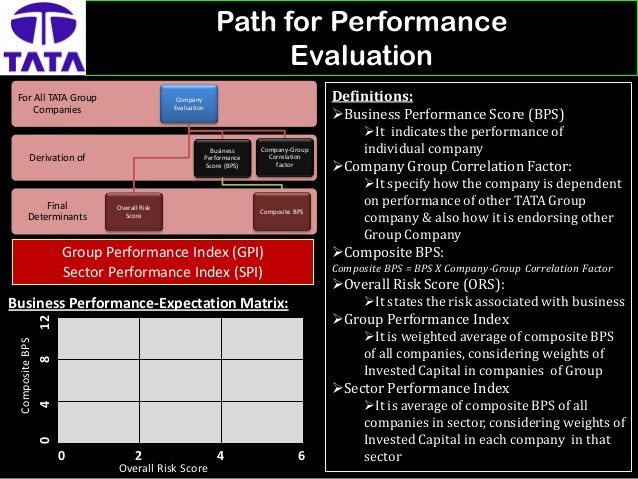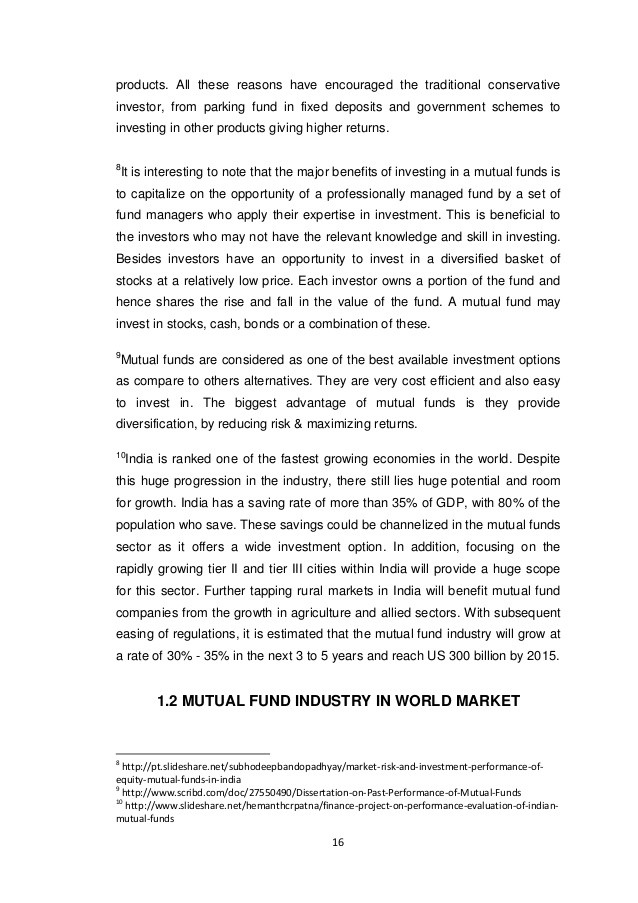Evaluating Investment Performance With CAGR
Post on: 1 Июнь, 2015 No Comment

Total Return
total return. divide the selling value of the position plus any dividends received by its total cost. In essence, this works out to capital gains plus dividends as a percentage of the money you laid out to buy the investment.
Calculating Total Return
An investor had a cost basis of $15,100 in Pepsico stock (she purchased $15,000 worth of Pepsico stock, and paid $100 total commissions on the buy and sell orders). She received $300 cash dividends during the time she held the stock. Later, she sold the position for $35,000. What was her total return?
$35,000 received upon sale + $300 cash dividends received = $35,300
$15,100 cost basis
=2.3377, or 133.77% total return on invested principal (remember that 1.0 of the total return is the principal of $15,000, so we must subtract it out if we want to express the gain or loss as a percentage; 2.3377 — 1.0 = 1.3377, or 133.77% expressed as a percentage. Had the result been 1.5, the total return expressed as a percentage would have been 50% (1.5 — 1.0 = .5, or 50%).
Was this a good investment. Total return can’t answer that question because it doesn’t take into account the length of time an investment was held. If the investor earned 133.77% in five years, it is cause for celebration. If, however, it took her twenty years to produce such a return, this would have been a terrible investment.
Compound Annual Growth Rate (CAGR)
The investor, then, is in need of a metric that can compare the return generated by different investments over different time periods. This is where CAGR comes to the rescue. CAGR does not represent economic reality. A stock position might be up 40% one year and down 5% the next. CAGR provides the annual return for such an investment as if it had grown at a steady, even pace. In other words, it tells you how much you would have to earn each year, compounded on your principal to arrive at the final selling value.
Couldn’t you just take the simple return and divide it by the number of years the investment was held? you may ask. Unfortunately, no. Going back to our Pepsico example, assume the investor had held her position for ten years. An uninformed person might divide the total return of 133.77% by 10 years and calculate that her annual return was 13.38%. Using the future value of a single amount formula, we can calculate that the initial investment of $15,000, had it grown at 13.38% annually, would be worth $52,657; a far cry from the $35,000 for which the investment was sold. This approach doesn’t take compounding into account. The result is a gross misstatement of the actual return the investor racked up each year.

Calculating Compound Annual Growth Rate (CAGR)
In order to calculate CAGR, you must begin with the total return. In our above example, the total return was 2.3377 (133.77%). We also know the investment was held for ten years.
Multiply the total return (2.3377) by the X root (X being the number of years the investment was held). This can be simplified by taking the inverse of the root and using it as an exponent. In our example, 1/10, or .10 (had the number of years been 2, you could have taken 1/2 or .5 as the exponent, 3 years would be 1/3 or .33 as the exponent, four years would be 1/4. or .25, and so on and so forth.)
In our above example, CAGR would be calculated as follows:
2.377 (.10) = 1.09, or 9% compound annual growth rate (again, recall the 1.0 represents the principal value which must be subtracted; ergo, 1.09 — 1.0 = .09, or 9% CAGR expressed as a percentage).
In other words, if the gains on the Pepsico investment were smoothed out, the investment grew at 9% compounded annually. To check the result, use the future value of a single amount. In essence, this means that if the investor had taken the $15,000 to a bank for ten years and earned 9% on her money, she would have ended up with the same balance of $35,300 at the end of the period.














